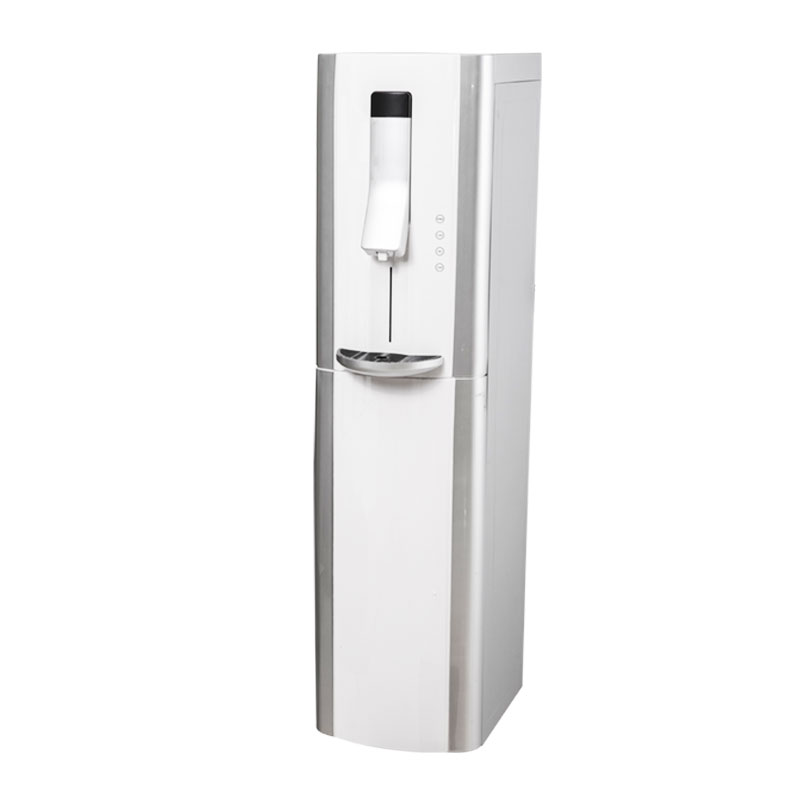Refrigeration technology plays a central role in vehicle refrigerators, and its impact on energy efficiency cannot be ignored. From a professional perspective, the choice of refrigeration technology, its operating principle and its degree of optimization are directly related to the refrigeration efficiency, energy consumption and overall performance of the vehicle refrigerator.
Types and characteristics of refrigeration technology
Car refrigerators mainly use two refrigeration technologies: compressor refrigeration and semiconductor refrigeration. There are significant differences in performance and application scenarios between these two technologies.
compressor refrigeration
Compressor refrigeration technology is based on the working principle of traditional household refrigerators. The compressor drives the refrigerant circulation to reduce the internal temperature of the refrigerator. This technology is known for its efficient refrigeration capacity and can quickly reach and maintain a preset low temperature. It is suitable for environments that require high refrigeration effects. However, compressor refrigeration also has some limitations, such as larger size, heavier weight, relatively high energy consumption, and may produce noise and vibration during operation, which may affect user experience in some applications.
Semiconductor refrigeration
Semiconductor refrigeration technology uses PN junctions composed of special semiconductor materials to produce the Peltier effect after energization, thereby achieving the refrigeration effect. This technology is favored for its advantages of small size, light weight, low noise and no pollution, and is especially suitable for applications that have high requirements on noise and environmental protection. However, the refrigeration efficiency of semiconductor refrigeration is relatively low, its refrigeration temperature is significantly affected by the ambient temperature, and it is difficult to achieve sub-zero freezing effects, so it is more suitable for refrigeration applications rather than freezing.
The impact of refrigeration technology on energy efficiency
Balance between refrigeration efficiency and energy consumption
The choice of refrigeration technology directly affects the balance between the refrigeration efficiency and energy consumption of the vehicle refrigerator. Although compressor refrigeration consumes high energy, its refrigeration efficiency is superior and it can quickly reach and maintain low temperatures, thereby reducing to a certain extent the additional energy consumption caused by frequent opening and closing of the refrigerator door. Relatively speaking, although semiconductor refrigeration has lower energy consumption, due to its low refrigeration efficiency, it takes a long time to reach the set low temperature, and it is greatly affected by the ambient temperature, which may lead to an increase in energy consumption.
Optimize refrigeration technology to improve energy efficiency
In order to improve the energy efficiency of car refrigerators, manufacturers have made many optimizations in refrigeration technology. For example, use high-efficiency compressors and energy-saving refrigerants to improve refrigeration efficiency and reduce energy consumption; optimize the performance of semiconductor materials to enhance refrigeration capacity and reduce power consumption; introduce intelligent temperature control systems to automatically adjust refrigeration power according to actual needs, thereby Avoid unnecessary energy consumption. These technological improvements not only improve the cooling effect, but also effectively extend the service life of the equipment.
Matching refrigeration technology and vehicle power supply
The refrigeration technology of the vehicle refrigerator also needs to be effectively matched with the vehicle power supply. Since the voltage and current stability of the vehicle power supply are limited, the refrigeration technology must have certain adaptability and adjustment capabilities to ensure stable operation and achieve the expected cooling effect under different voltage and current conditions. In order to reduce energy consumption and extend the service life of on-board power supplies, manufacturers need to further optimize and adjust refrigeration technology to adapt to changing working environments.











